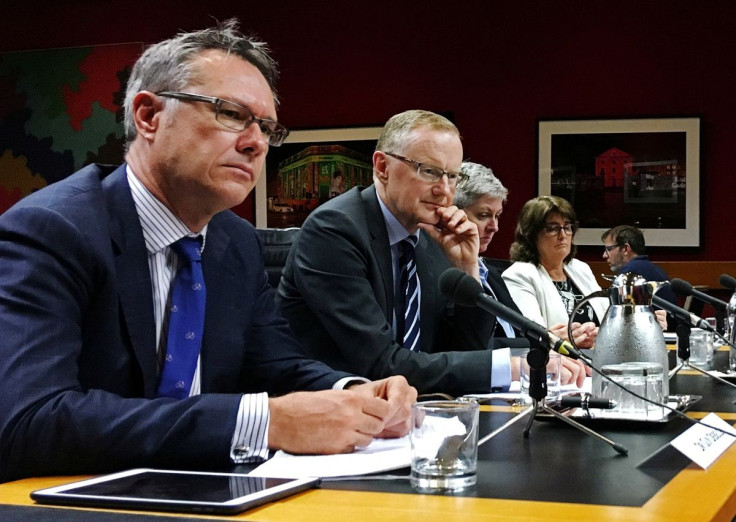RBA Interest Rate Hike Now Likely In Q3, To End Year At 0.50%: Reuters Poll

Australia's central bank will raise interest rates for the first time in over a decade in the third quarter, slightly earlier than thought a month ago, according to a Reuters poll of economists who see rates by year-end at 0.50%, up from 0.25% previously.
Nearly every other central bank among its peers will have hiked rates from record lows by the end of March. The Reserve Bank of New Zealand has already lifted them several times in the current cycle.
But the Reserve Bank of Australia (RBA) keeps waiting for signs of wage inflation before responding to broad inflationary pressures.
Underlying inflation in Australia, which surged at its fastest annual pace since 2014 in the December quarter, suggests that price growth was not as temporary and or as benign as had been predicted by the RBA.
"Inflation will remain elevated for at least the first half of the year...the RBA can't afford to 'be patient' any longer," said Wouter van Eijkelenburg, an economist at Rabobank.
In the latest Feb. 18-24 Reuters poll, economists brought forward their rate hike expectations for a fourth straight month and expect the RBA to raise its key interest rate by 15 basis points to 0.25% in the July-September quarter.
Seven of 28 economists forecast rates would go up to 0.50% and two expected them to reach 0.75% in the third quarter. If realised, that would bring borrowing costs back to their pre-pandemic level.
More interest rate rises are on the way, with the benchmark rate expected to reach at least 0.50% by the end of this year according to 21 of 28 economists and 1.25% by the end of 2023, the poll showed.
In the previous survey, published last month, rates were only expected to reach 1.0% by the end of next year.
Along with keeping rates at record lows to support an economy rocked by multiple lockdowns related to the pandemic, the RBA has been aiming to drive unemployment to 4% or lower in the hope of reviving wage growth after years of sub-par growth.
It is near to that goal.
Australian wages picked up to 2.3% in the last quarter as a rapidly tightening labour market drove intense competition for workers, but annual growth was short of the 3%-plus levels that policymakers say would justify a rise in interest rates.
The tightening labour market, combined with rising inflation, also suggests a rate rise is getting closer. Governor Philip Lowe this month said it was plausible a hike could come later in the year should the economy recover as expected.
Money market traders are betting on a rate rise to 0.25% as early as June, climbing to 1.50% by year-end. Among the major local banks, CBA is tipping a first rise in June, Westpac sees August, ANZ says September and NAB November.
"We don't completely rule out wages growth...and GDP data showing sufficient momentum by Q1 to convince the RBA it should move sooner than our September expectation," wrote David Plank, head of Australian economics at ANZ.
But some analysts said there was another domestic reason why the RBA appears to be moving more slowly in tightening policy compared with its other central bank peers.
"We expect the Bank to refrain from hiking ahead of the federal election in May...(and) to start hiking in June in response to stubbornly high inflation," wrote Marcel Thieliant, senior Australia and New Zealand economist at Capital Economics.
© Copyright Thomson Reuters 2024. All rights reserved.





















